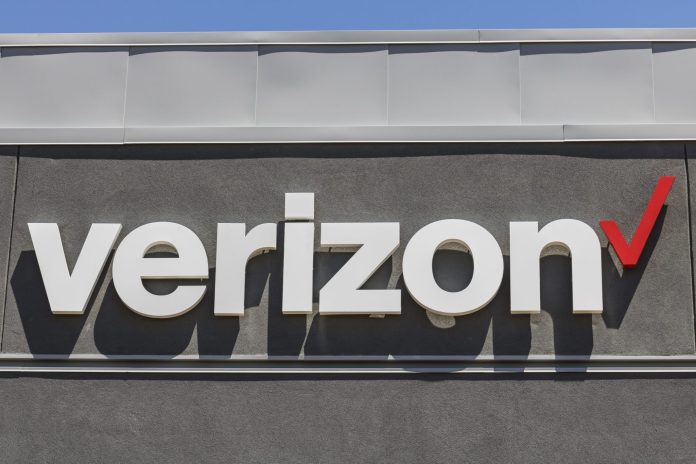Verizon and NEC claim existing fibre networks, rather than purpose-built fibre networks, can be used for optical sensing, to collect data on city traffic conditions and environmental measures.
They suggest existing fibre infrastructure, such as Verizon and other carriers make available in urban locales, can be utilised by smart cities to run new traffic and safety applications, rather than ripping up tarmac to place brand new traffic-sensing technology.
Verizon has trialled new optical sensors running artificial intelligence software from NEC to monitor vehicle density, direction, speed, acceleration, and deceleration. Other applications have also been tested, it said, also proposing the technology could help first responders detect and respond to gunshots and municipalities identify earlier deterioration of bridges, tunnels, and other infrastructure.
Adam Koeppe, senior vice president of technology planning at Verizon, said the technology could be “a huge leap forward for those building smart cities and those tasked to manage them”. He commented: “Instead of ripping up tarmac to place road and traffic-sensing technology, cities will be able to piggyback on existing fibre.”
A statement from Verizon explained: “Historically, companies have had to lay purpose-built fibre very shallow in the ground with fibre grating at predetermined intervals to gather and synthesise this type of information. Now, with optical sensor technology developed by NEC, Verizon is able to use non-purpose built fibre already in the ground to generate similar data.”
The pair reported results from the trial, which paired a 36.8 Tb/s data transmission system with distributed optical fiber sensing on a live network for the first time, at the Optical Networking and Communication Conference (OFC) 2019, in San Diego back in March.
In the trial, the fibre sensing system coexisted with existing Wavelength Division Multiplexing (WDM) channels on the same fibre, with “minimal impact to data communication capacity,” they said. The solution is suitable for deployment in traffic congested networks, they claimed.
The pair explained the technical solution: “AI tools such as convolutional neural networks (CNN) and software vector machines were used in order to take advantage of distributed intelligent Traffic informatics (DITI). Utilising just a single integrated interrogator, the distributed multi-parameter sensor system evaluated various properties of back-scattering light, which can be used to derive the static strain, dynamic strain, acoustics, vibrations and temperatures for each fiber segment.”
They continued: “This allows users to identify detected signatures and to translate those back-scattering signals into actionable information over a wide range of area previously unattainable by conventional sensors.”
Atsuo Kawamura, executive vice president at NEC, commented: “The results obtained from this joint research programme with Verizon are a great advancement for smart city business opportunities, especially for safer city solutions such as the conservation of roads and the utilisation of traffic information. We are confident these cutting-edge solutions will provide meaningful new value for optical fiber networks.”
Verizon said it will deploy 1,400 miles of additional fibre per month, over the next months. It said it will be in a position to offer cities a platform, via its existing infrastructure, which was not built for sensing, to generate and analyse environmental data.

